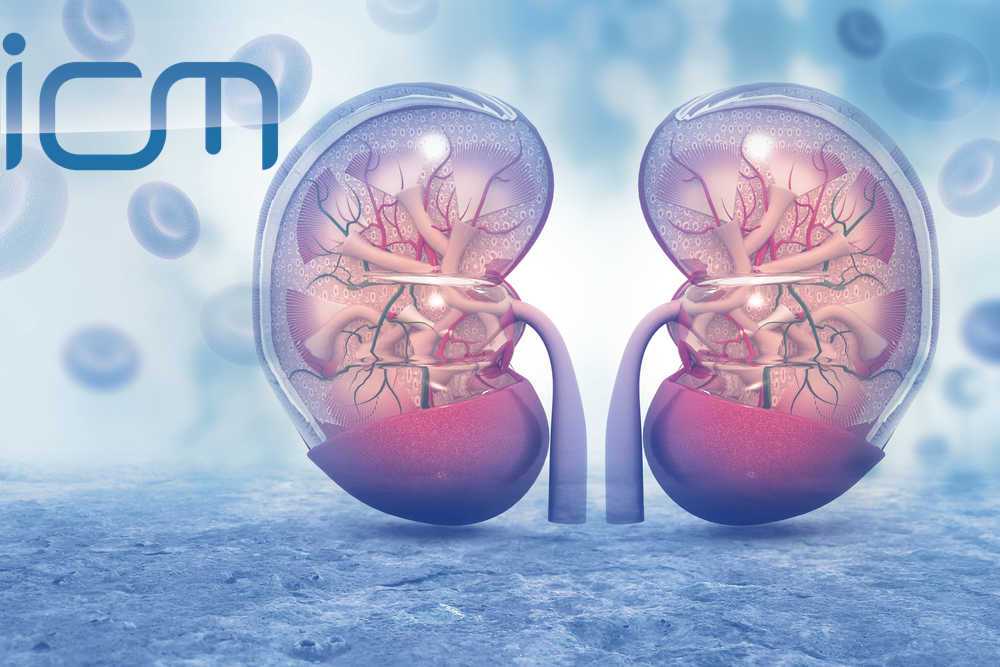Acute Kidney Injury in Sepsis

Acute Kidney Injury in Sepsis
ICM ARTICLE REVIEW
Septic acute kidney injury (AKI) is a syndrome of acute loss of renal function and organ damage, defined by the simultaneous presence of both Sepsis-3 and KDIGO criteria. AKI is a common complication of sepsis: up to 65 percent of patients with septic shock develop AKI and their mortality is as high as 20-60 percent.
Bellomo et al. reviewed the key aspects of the definition, pathogenesis, prevention and treatment of this frequent but still poorly understood syndrome. AKI is a clinical diagnosis, based on serum creatinine and urinary output. Because of the late increase in serum creatinine during the course of AKI and the non-specificity of urinary output as a marker of renal function, novel biomarkers have been evaluated for their ability to detect renal damage before functional change is evident (preclinical AKI) or even in the absence of functional change (subclinical AKI) and predict the need for RRT.
Septic AKI pathogenesis knowledge is mostly based on animal models. It may develop in the presence of preserved or increased renal blood flow, with a reduction of the glomerular filtration rate due to changes in the intrarenal haemodynamic. Septic AKI may be characterised by a redistribution of flow away from the renal medulla to the renal cortex with a degree of medullary deoxygenation and activation of intrarenal shunting pathways. Tubular injury may be caused by a direct toxic effect on tubular cells of ultra-filtrated inflammatory molecules together with a local response to pathogen associated molecular patterns. The lack of histological changes confirms that, at least initially, septic AKI may be a functional phenomenon.
Prevention of septic AKI, based on the identification of patients at increased risk of AKI and the treatment of sepsis, is critical to improve outcomes. Earlier and appropriate antimicrobial therapy, along with septic source control, has been associated with lower risk of AKI. Early goal directed therapy failed to show benefit in terms of incidence of AKI, utilisation of RRT, kidney recovery and mortality in recent trails. Aggressive fluid administration, combined with oliguria, may lead to renal oedema with congestion and ischaemia. Both chloride-rich crystalloids (saline) and artificial colloids (hydroxyethyl starch and gelatins) have been related to AKI and mortality. Vasoactive drugs remain the cornerstone of hypotension management, with patients having a history of hypertension requiring a target mean arterial pressure above 80 mmHg. At this time, norepinephrine is the dominant agent, despite no vasopressor has shown better renal protection compared to the others. For septic patients requiring RRT, the optimal timing and cessation remains uncertain. Continuous RRT modalities are more frequently used and recommended for haemodynamically unstable patients. A delivered dose of 20-25 ml/kg/h is the current standard of practice.
Conclusion
This paper raises awareness of septic AKI within the critical care community, providing clinicians with several reference points which can be easily applied in the clinical practice. Because of the limited understanding of AKI physiopathology and given that there are no effective therapies for the treatment of established AKI, early detection of AKI and optimisation of preventive measures are of pivotal importance. The identification of a “renal troponin”, with a high sensitivity and specificity, may lead to a new definition of septic AKI.
Article review submitted by NEXT Committee member Gennaro De Pascale and EJRC member Cristina Dominedò, Department of Anaesthesiology and Intensive Care, Catholic University of the Sacred Heart, A. Gemelli Hospital, Rome, Italy.
Reference
Bellomo R, Kellum JA, Ronco C, Wald R, Martensson J, Maiden M, Bagshaw SM, Glassford NJ, Lankadeva Y, Vaara ST, Schneider A. Acute kidney injury in sepsis. Intensive Care Med. 2017 Mar 31. doi: 10.1007/s00134-017-4755-7